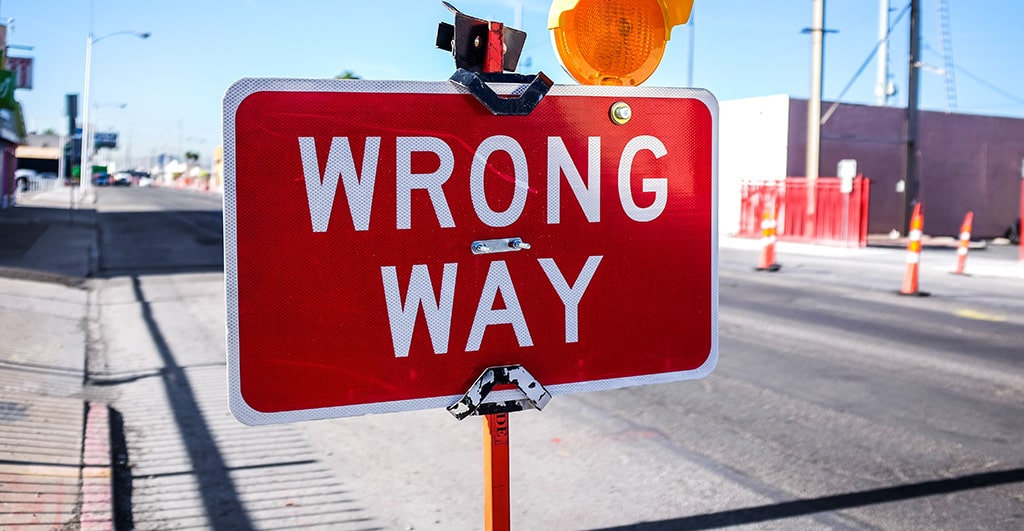
The world is coming at DE&I all wrong
After twelve months of running a strategic DE&I plan, my team and I have come to accept a surprising reality.
DE&I is a starting point – not an end point. It’s a motivating force, not an objective. When it becomes the goal, things start to fall apart; people feel disenfranchised, left out, ostracized. Ironic, isn’t it?
It took a year of trial and error, but we’ve come to realize that the conventional approach to corporate DE&I can actually sabotage a company’s designs. That’s why we revamped our approach to engage our people and elevate our culture – here’s how:
The language of diversity is counterproductive
The terms Diversity, Equity, & Inclusion feel safe. What could be wrong with wanting such things? Isn’t DE&I precisely what any ethical company should strive for?
The answer is – yes and no.
If taken at face value, DE&I are excellent guiding principles. Yet the problems start when you try to apply these concepts in the ‘conventional’ way – i.e., through formal diversity training.
At that point you’re likely to run into two major challenges:
1. Diversity training tends to backfire. There’s been countless studies to this effect, demonstrating that mainstream diversity trainings often sow division, peddle in racial stereotypes, and do little to improve outcomes for diverse workers.
“Sociology studies by researchers at Harvard University, Tel Aviv University, and the University of Minnesota in 2007 and 2016 that examined more than 800 companies over three decades found that firms that used diversity training did not hire significantly more diverse managers, and that the trainings actually correlated with a decrease in Black female managers.” (Wired, 2020)
A mounting body of evidence shows that diversity/sensitivity trainings often cause people to feel more divided and defensive, not less.
2. You’re unintentionally alienating DE&I from your company’s core mission. By relegating DE&I to the domain of occasional trainings and professional consultants, you risk making DE&I a special interest project – something that is by definition niche and unrelatable.
Integrate, integrate, integrate
In our experience, the best corporate DE&I program is not a DE&I program at all. It’s an integrated approach to showcasing, accommodating, and celebrating peoples’ uniqueness. Its focus shouldn’t be on monthly trainings and hiring quotas, but on the very soul of the company. By realigning the company’s values around themes of acceptance and belonging, you can create change from the foundation-up.
Everyone is unique, and that’s a good thing
This is a conversation about people from marginalized backgrounds, historically overlooked populations, underrepresented communities – so why are we talking about ‘everyone’?
To answer that question you need to think strategically. The best way to get buy-in from your community is to reach everyone in that community – whether the community is your workplace, your family, or your neighborhood. Too often the language of DE&I leaves people wondering how they fit in.
In today’s world, the words ‘diversity, equity, and inclusion’ are loaded with preconceptions. They’re unlikely to ever be integrated into your company as a permanent fixture. Our advice is to embrace the spirit of DE&I, not the words, so you can include all people in the mission ahead.
By adopting the idea of ‘unique’ instead of ‘diverse’ you open up the discussion to your wider population. Suddenly everyone can be involved, invested, inspired. Everyone will be able to see themselves in the movement – and that’s a good thing.
If your people don’t belong, you’ve done something wrong
After 12 months developing our DE&I program, we’ve made many many mistakes. And the biggest mistake was not diligently integrating our program into the wider company.
There were times when people couldn’t see a place for themselves in the movement, and that was entirely our fault. We didn’t carve out a place for them. We didn’t make it obvious enough how they could get involved, or what we were doing, or why it mattered. We worked hard – very hard – and we knew that we were making a positive impact. But no one else knew, and no one else felt enticed to join us. That was our mistake.
We learned that DE&I can’t be a side-project. It’s our job to connect the dots for everyone in the company; to make them feel invested, not guilty.
Once we we embraced integration things ran much smoother – we removed ‘DE&I’ from our email subjects, we started working groups focused on different areas of the business, we kicked off an ‘Unplugged’ podcast featuring different members of our teams, and we invited non-DE&I team members to help with workshops. We’re now running a well-oiled DE&I machine that’s fully scalable, sustainable, and integrated into our wider business interests. You can download our DE&I program calendar and how-to program guide here.
We’re still far from perfect, but we’ve reached a place where everyone feels appreciated and included. And the thing that has helped us the most is removing the pressure on DE&I. Today, we’re all about Belonging. If everyone – regardless of race, gender, age, ability, sexuality, etc. – feels they belong at our workplace, then we’ve done something right.
Hindsight is 20/20
Learn from our mistakes. Don’t let your passion for DE&I sabotage your progress. Be strategic, be inclusive, be empathetic.
If you’d like a full rundown on how we devised our revamped Belonging plan, you can check out our DE&I Toolkit (I know, I said to not use the term ‘DE&I,’ but it helps for clarity). The Toolkit covers everything you need to know to start your own initiative and integrate it into your team, company, and community.
You can find the link here.
As always, I’m here to help answer any of your questions or just commiserate with your challenges. You can reach me at tharris@provenrecruiting.com.
Recent Posts

Ingram’s Insights: Tech’s Shortcomings & Q2 Hybrid/Remote Forecast
Listing technology’s shortcomings has become somewhat of a sport. According …
A recruiter’s secret to making career resolutions stick
The status quo is a temptress. It whispers sweet nothings …
Ingram’s Insights: 3 trends shaping hiring today
Co-Founder of Proven Recruiting Ingram Losner has always been our …


LinkedIn Twitter Facebook Yelp Google